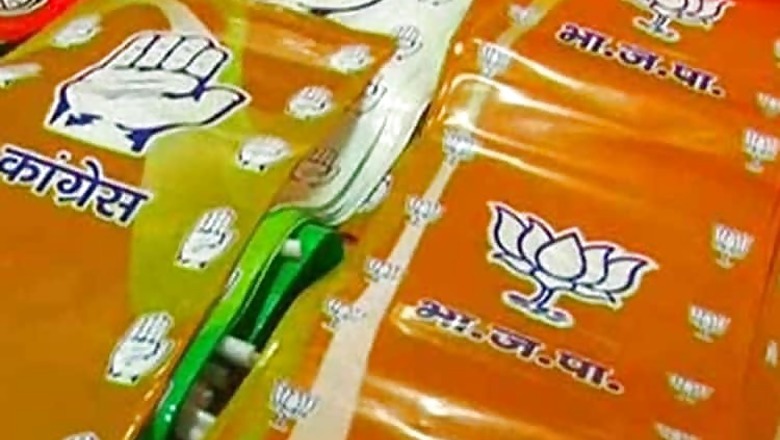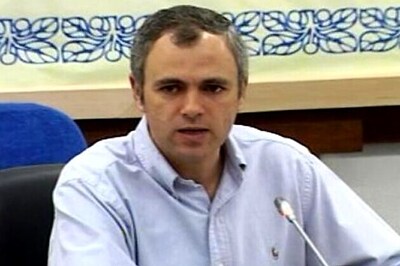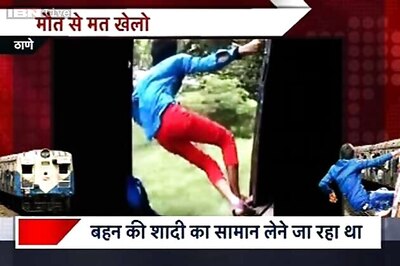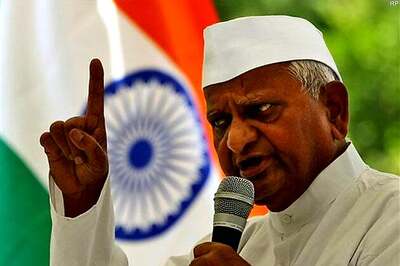
views
New Delhi: Phulpur Lok Sabha seat in Allahabad holds pride of a place in the annals of Congress' electoral history. Jawaharlal Nehru contested and won from Phulpur, thrice, from 1952 till his death in 1964.
Five decades later, as the grand old party prepares to resuscitate its moribund organisation in politically most significant state in the country, Phulpur by some quirk of fate has become the focus of Congress's strategy for the state assembly polls in 2017. No, not the constituency per se, but the man who represents it in the current Lok Sabha -- Keshav Prasad Maurya. And he is not even a Congressman.
Maurya, an old VHP-RSS man has been nominated to lead BJP's charge in UP. The choice, for BJP president Amit Shah, was between an upper caste (particularly a Brahmin) or a backward leader. That BJP chose to appoint a Maurya, an OBC, betrays a certain disquiet within the saffron parivar in the aftermath of 2015 Bihar polls and the Rohith Vemula episode. In the Hindi heartland, the attempt to redeem social justice credentials for the Sangh looks obvious and imperative.
With BJP playing the OBC card, Congress seems to be inching closer to aggressively wooing the upper castes, especially the Brahmins of UP. Sources say that within the next one month, the party will unravel its core team for UP. This team of five leaders will be spearheading Congress campaign in the run-up to assembly polls in 2017.
At the core of this new collective leadership aimed at reviving party's fortunes will be an AICC general secretary in-charge of the state, new state president, new legislature party leader, an election committee chairman, and in all likelihood, the chief ministerial candidate.
This famous five of Congress will have a distinct upper caste imprint with Brahmin and Rajput leaders at the forefront. A Muslim face is likely to be given one of the posts up for grabs.
With Yadavs firmly behind the Samajwadi Party under Mulayam Singh, Congress will try to accommodate a non-Yadav community like Jats or Kurmi in this core team.
The same strategy is likely to be replicated in reaching out to the scheduled-caste communities. The Dalit sub-caste which Mayawati represents is seem to be firmly behind the Bahujan Samaj Party. In that case, Congress will give space to other Dalit constituencies like Pasis to complete the ensemble.
A Congress leader privy to the developments says that this is closest the party can come to replicating its time-tested Dalit-Muslim-Brahmin combination.
"Our aim will be to concentrate on the 60% of the total pie and win over substantial sections from these communities," he says.
Congress is re-framing its strategy on the premise that with Maurya's appointment, BJP has left the space open for the party to make in-roads into upper-caste vote-base which has sustained the BJP in the post Mandal-kamandal era.
The upper caste and non-Yadav OBC combination led by Atal Bihari Vajpayee and Kalyan Singh, meticulously drafted by RSS ideologue KN Govindacharya, was the winning formula which propelled BJP to power in the aftermath of the Ram Temple movement. Such a combination generally works well for the BJP at the state level -- if led by a strong backward leader like Kalyan Singh in UP, BS Yeddyurappa in Karnataka, or for that matter, Shivraj Singh Chauhan in MP.
The phenomenal success for the party in the 2014 general elections can be attributed to larger Hindu mobilisation, with Narendra Modi using his nationalist image -- deftly dovetailing it with development plank on one hand and backward identity politics on the other.
But 2017 will be a different battle altogether. Bihar elections, if anything, has demonstrated BJP's unease in wading through the caste conundrum in electoral politics.




















Comments
0 comment